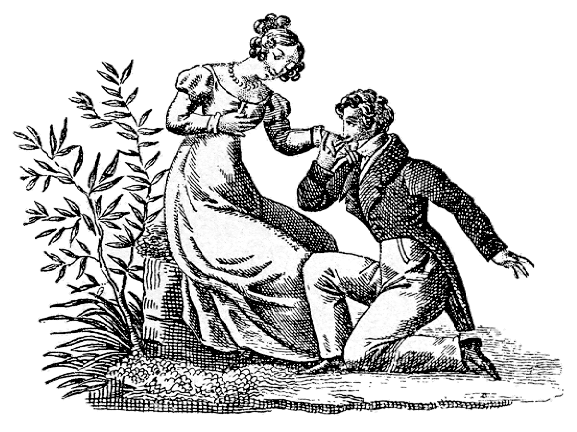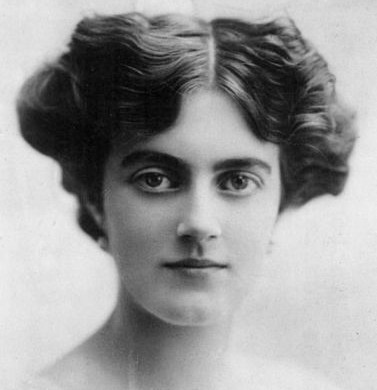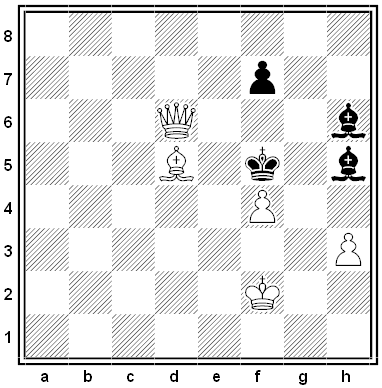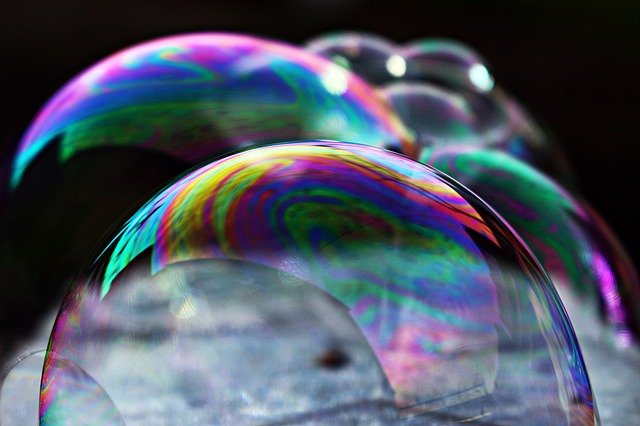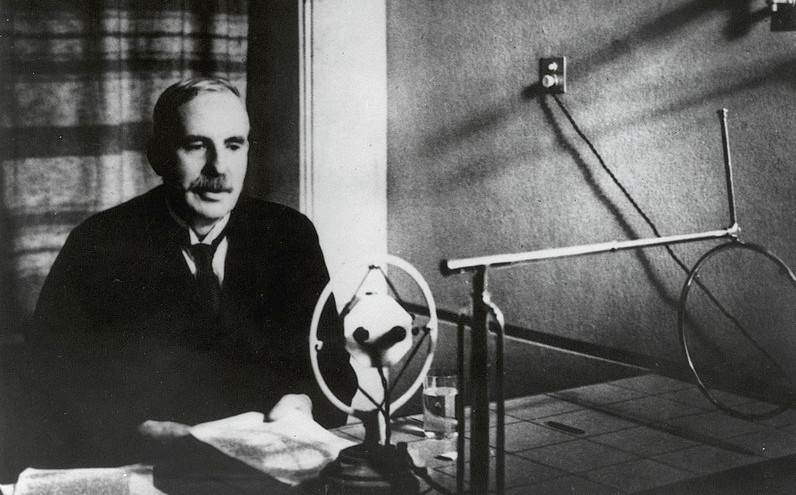The writing in Hugo Gernsback’s 1911 science fiction novel Ralph 124C 41+ is uniformly terrible:
As the vibrations died down in the laboratory the big man arose from the glass chair and viewed the complicated apparatus on the table. It was complete to the last detail. He glanced at the calendar. It was September 1st in the year 2660. Tomorrow was to be a big and busy day for him, for it was to witness the final phase of the three-year experiment. He yawned and stretched himself to his full height, revealing a physique much larger than that of the average man of his times and approaching that of the huge Martians.
But it successfully predicted spaceflight, tape recorders, sound movies, solar energy, artificial cloth, television, synthetic foods, remote-control power transmission, the videophone, transcontinental air service, and voiceprinting. While Martin Gardner called it “surely the worst SF novel ever written,” Arthur C. Clarke marveled that it contains the first accurate description of radar, encountered when Ralph is pursuing the villain who has kidnapped his girlfriend:
A pulsating polarized ether wave, if directed on a metal object can be reflected in the same manner as a light-ray is reflected from a bright surface or from a mirror. … By manipulating the entire apparatus like a searchlight, waves would be sent over a large area. Sooner or later the waves would strike a space flyer. A small part of the waves would strike the metal body of the flyer, and these waves would be reflected back to the sending apparatus. Here they would fall on the Actinoscope, which records only reflected waves, not direct ones. … From the intensity and the elapsed time of the reflected impulses, the distance between the earth and the flyer can then be accurately and quickly calculated.
Clarke calls Ralph 124C 41+ “dreadful but fascinating. … The pun in the title gives you a good idea of its literary quality.” The full text is here.

